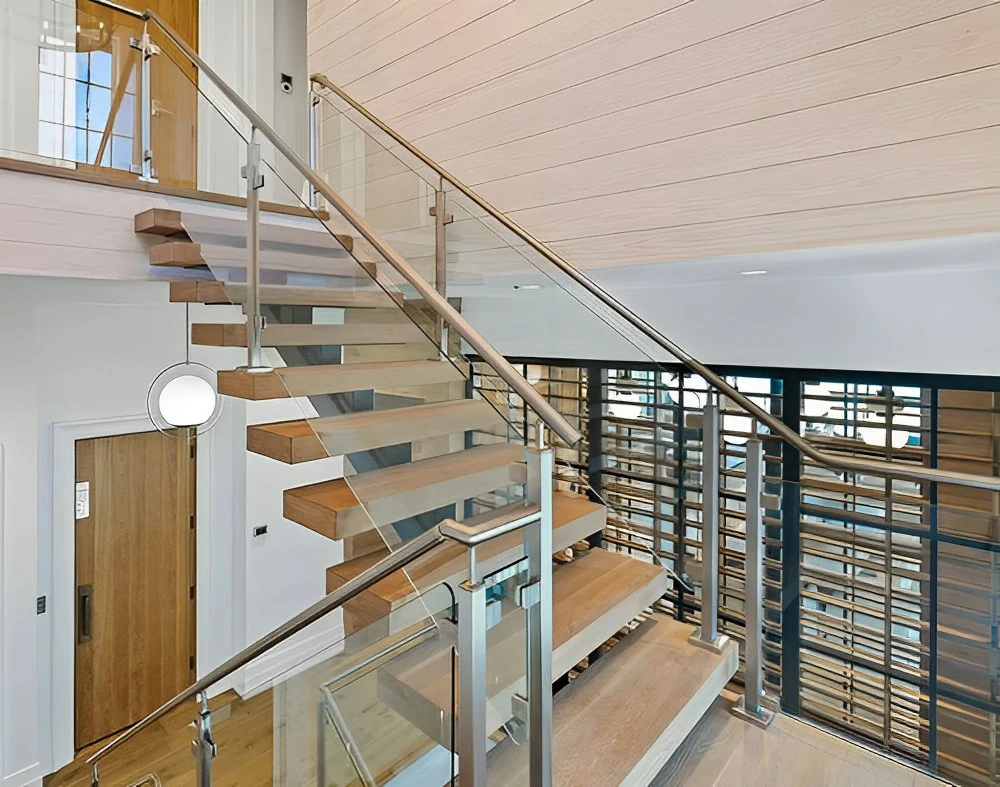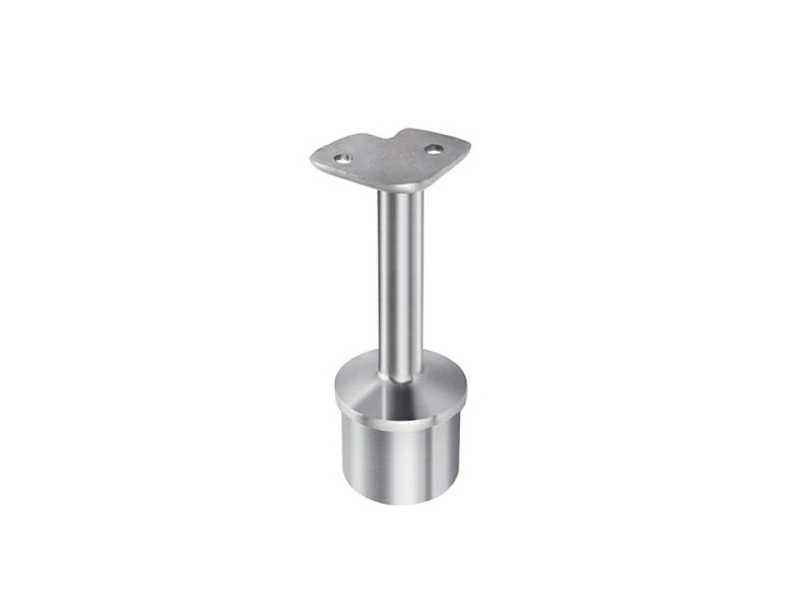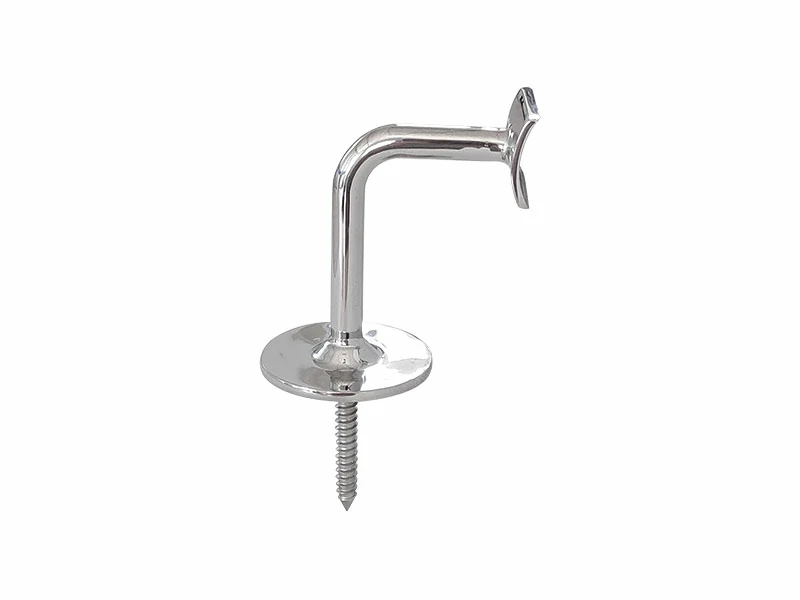Glass railings (also known as glass balustrades) offer an elegant, modern look that complements any contemporary decor. They are clear, functional, durable, and easy to clean, making them an excellent choice for both residential and commercial applications. Glass railings are ideal for use on decks, patios, and staircases—indoors and outdoors—and are often easier to install than custom-made options, which can be expensive. If you’re looking to install a DIY handrail system, stainless steel is a great choice due to its durability and ease of installation.
Highco Metal provides high-quality glass railing system fittings and handrail fittings, ideal for your DIY handrail installation project. Follow these steps to install your stainless steel handrail system with ease.
Preparation for Handrail Installation
1. Measure and Plan
Begin by measuring the length of the area where the handrail will be installed. Take note of the height, any corners, or angles in the design. Planning ahead ensures that the handrail system will fit perfectly in the desired space.
2. Materials and Tools
Gather the necessary tools and materials, including:
3. Stainless steel handrail components (posts, brackets, end caps, connectors, etc.)
- Measuring tape
- Level
- Drill
- Screwdriver
- Mounting hardware (anchors, screws, etc.)
- Allen wrench
- Silicone adhesive (optional)
4. Gather Materials
Purchase all the materials for your stainless steel handrail system, ensuring they are suitable for your location (outdoor or indoor use). Make sure to choose durable, high-quality materials to ensure a long-lasting installation.
5. Prepare the Installation Area
Clear the installation area by removing any old handrails or obstructions that might interfere with the setup.
Handrail Installation Steps
1. Marking and Mounting Bracket Placement
Using a measuring tape and level, mark where the mounting brackets will go along the wall or posts. Ensure the brackets are spaced evenly and positioned correctly to ensure a stable railing system.
2. Install the Posts
Begin by installing the posts at regular intervals along the handrail route. Use a drill to secure the posts with the appropriate screws or anchors. Ensure each post is level and firmly attached to the surface.
3. Attach the Brackets
After securing the posts, attach the brackets to them. The brackets will hold the handrail tubing in place. Secure the brackets with screws or bolts, ensuring they are level and aligned properly.
4. Cut and Install the Handrail Tubing
Measure and cut the stainless steel handrail tubing to fit between the posts. Use a hacksaw or specialized cutting tool for accurate cuts. Slide the tubing into the brackets, securing it with connectors or screws.
5. Secure the Handrail
Once the handrail tubing is in place, tighten all screws and connectors to secure it firmly to the brackets. Ensure there’s no movement and the handrail is stable.
6. Optional Caulking or Adhesive
For added stability, apply a small amount of silicone adhesive or caulking at the junctions where the handrail meets the brackets. This can further secure the handrail and prevent loosening.
7. Test and Inspect
After installation, apply pressure to the handrail to test for any movement or instability. Inspect the entire system to ensure everything is securely fastened and aligned.
Tips for Successful Handrail Installation
- Use Stainless Steel Screws: This prevents rust and corrosion, ensuring longevity, especially for outdoor installations.
- Pre-Drill Holes: Avoid splitting the wood or damaging materials by pre-drilling pilot holes before inserting screws.
- Use a Level: Always use a level to ensure the handrail is perfectly straight, preventing any misalignment.
- Avoid Over-Tightening: Be cautious not to overtighten screws, as this could damage the handrail or brackets.
Conclusion
A DIY handrail installation can be a rewarding project that adds elegance and safety to your home or business. With the right stainless steel handrail components and proper installation steps, you can easily achieve a professional finish. Glass railings and handrails offer modern aesthetics, durability, and ease of maintenance. If you're unsure about any step of the process, don’t hesitate to consult with a professional installer or contractor to ensure everything is done safely and securely.


